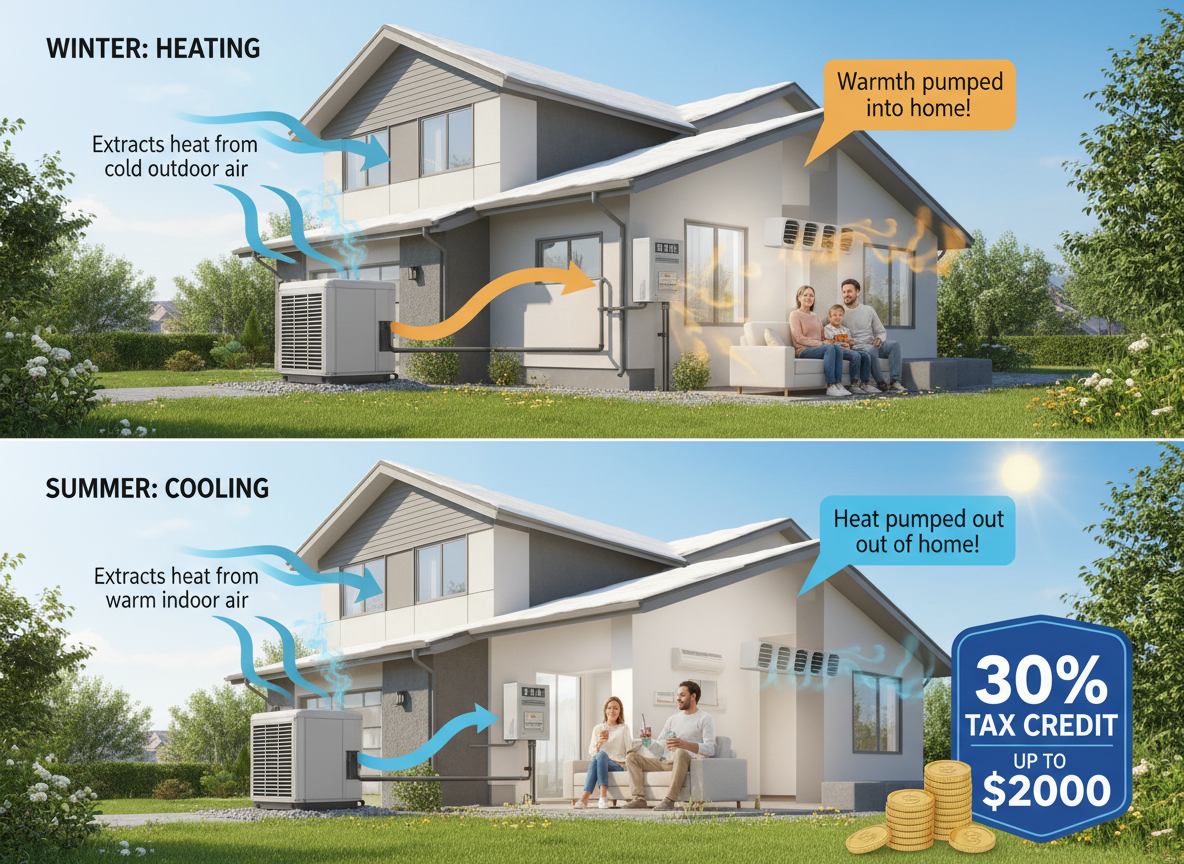
As the temperatures begin to fall you will begin using your heating system more and more to stay comfortable in your home. During this time, it is important to pay attention to the system that keeps you and your family warm on those cold nights. By keeping it in top shape you can minimize the risk of having it breakdown when you need it the most.
Although, you are grateful for the warmth it provides, do you know what makes up your heating system? You will be able to take better care of it, if you understand the central heating system components. In this article we will review what makes up a heating system so you can get to know the parts of your furnace.
What is A Central Heating System?
A central heating system is a furnace or heat pump that is connected to each room of the home through a ductwork system and registers. Generally, they are powered by natural gas, fuel oil or electricity. The ductwork system then carries the heated air out through the registers to warm your home.
Registers help regulate the flow of the air, and if blocked can severely affect room temperature and the system itself. In comparison, a space heater, window unit, or swamp cooler are not central heating systems because they do not heat the entire home only the part of the home where they are located.
Thermostat
The thermostat is the device responsible for controlling when the furnace turns on and off. The thermostat is constantly monitoring the air in your home and if the temperature in your home drops below the set temperature, it will send a signal to turn on the heating system. Programmable or smart thermostats will give you better control when and how long your furnace operates. They can be programmed to turn on and off at preset times or when set temperatures are reached.
Ductwork
This is an extensive network of large pipes that carry the heated air (or cooled air during the summer) throughout your home. The warm air is forced through the supply ducts by blower fans. The heated air exits into your home through vents or registers. Air then is recirculated into the heating system through return ducts that bring cooled air to the furnace to be heated and dispersed again.
Burner
A burner is where gas and air combine to create a flame that will become the heat source.
Heat Exchanger
This is an extremely important part of the furnace as well. It is made up of coiled tubes that redistribute the heat created from the burner in and out of the air. A cracked or damaged heat exchanger can be extremely dangerous to your household. If cracked or damaged it can lead to carbon monoxide poisoning and may even lead to death. It is important to have CO detectors installed and schedule routine furnace maintenance.
Blower
The blower is the final stage in the furnace. When the thermostat turns the heating system on, the furnace will begin heating the air. The blower will then blow the heated air through the ductwork so it is able to reach the rooms in your home.
Contact LA Heating & Air
Having a deeper understanding of the furnace components and how they function is helpful if your system malfunctions. Even if your unit only requires a minor repair, it is better to contact a professional for a service visit than attempting a DIY repair. For more information or to schedule an appointment give LA Heating & Air at 818-341-3406 or contact us online we are ready to assist you.
Central Heating System Components Related Posts:






















.png)














